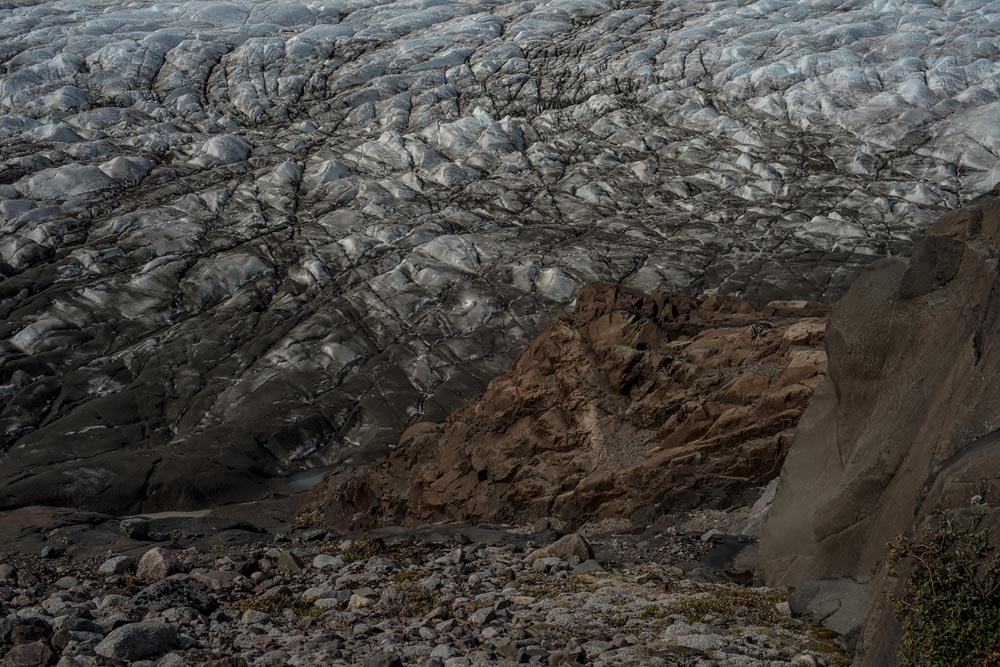Update: Fulbright Grant Application to Create Fine Art Photographs of Climate Change in the Arctic Passes Peer Review
My project to photograph the changing climate, history and culture in the haunting isolated beauty of Nunavut’s arctic landscape has gone through the Fulbright peer review process.
It is a pleasure to inform you that the peer review process organized by the Institute of International Education’s Council for
International Exchange of Scholars (IIE/CIES) has concluded and that you are among those recommended for a Fulbright
award in Canada.
[from the letter]
This is roughly one of the next steps before receiving the grant where I which would allow me to work in Nunavut for several months.
The application
will be forwarded to the Foundation for Educational Exchange between Canada and the USA, the U.S. Department of State, and the J. William Fulbright Foreign Scholarship Board. Applications will be reviewed in light of program priorities and budget. Not all applications that were recommended in the peer review process will be selected for grants.





Comments are closed.